This post may contain affiliate links. If you use these links to buy something we may earn a commission. Thanks.
Shifting our priorities may be the only way to maintain an affordable and healthy means of living.
When grocery store garlic suddenly looks like last year’s crop it’s a kick in the butt to consider growing your own.
Looming in the back of our minds; we know that if we do nothing; our future entails questionable territory.
A sustainable life is as far away as our accumulation of choices. It’s a question of; what is in my control?
To generate our needs we require access to resources and exchange. Land, animals, and people are examples of resources. Many people, however, abuse land and animal resources.
To be sustainable; access to land resources gives you the greatest control. We have secondary control over who we choose to exchange with. What do their resource management practices look like?
When considering how to be self-sustainable; think less about how you might sustain yourself in isolation, and more about how to make your daily life feel sustainable to regenerate.
Putting all resources to use, including neighbors, does not make you less self-sustainable. In other words; you are not alone, we are all on this earth together.
To become self-sustainable you will first need to identify your basic needs. Based on that, create closed-loop systems that regenerate a good life and its requirements.
In general, thriving seems to be responsible for the complexity of life. The way life experience feels on an individual level is the way it looks as a whole.
A certain level of comfort is the difference between surviving or thriving. What would feel more sustainable to you?!
Self-sustainability is to have a means to indefinitely provide for your life’s needs. “A means” can come from any sustained regenerative source; some by you, some by others.
The question now is; how can you change who and what you interact with to become self-sustainable?
The ways you can transition to self-sufficiency and sustainability involve all three-dimensional realities in that you exist; your mind, body, and earth.
How hard it is to be self-sufficient (especially without a job) will depend on your personal habits, goals, and preferences. Some elements will be more challenging for you to change than others.
Eliminate needless consumption from unsustainable sources
It takes great sacrifice and discipline to first realize what isn’t serving you, and secondly be able to give up on things that you might be addicted to enjoying.
Much of what we believe we love is unsustainable to our bodies, our minds, and our environment. Items or activities that degrade either one of your three-dimensional realities are essentially the opposite of self-sufficiency.
A mind example would be “switching off” at the end of a long mentally and physically exhausting day. This disconnecting at the end of the day negatively affects the growth of your mind because you are literally no longer making an effort.
If you can recognize when you are excessively disconnecting from yourself with empty activities; start replacing them with usefulness for yourself more often!
Learn new skills by reading a needed book, moving and stretching your limbs, meditating and slowing down, being with yourself more often, cooking something new, cleaning something with pride, fixing that ever-squeaking door, creating a home business, drawing up a dream, or knitting a scarf from the spindle of your sheltie’s shedding winter coat.
A body example would be consuming unhealthy packaged foods, as well as foods sourced from factory farms and unsustainable agriculture.
Source foods from a local farmer, or few, until the day you can grow your own!
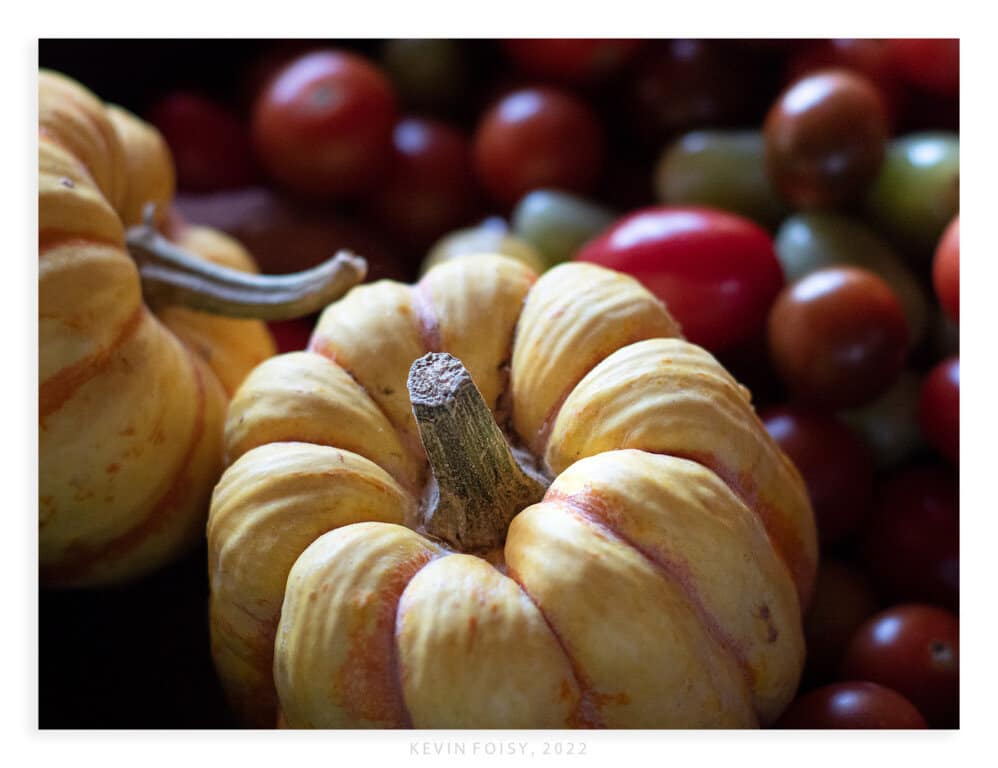
An Earth example would be If you are used to getting in the car to pick up some take-out, save the single meal trip and get a week’s worth of groceries to cook a week’s worth of meals. While this costs your wallet and earth’s resources less, it develops your skills more!
Avoid purchasing things just because they are there and you were told they are there. Make your own choice more often.
Think and act with benefit for the long term
Thinking long-term helps you avoid a lot of unnecessary consumption and hiccups!
If you are naturally inclined to think and act for the long term this probably won’t be too hard for you. If you are more of an “in-the-moment” type person, here are some suggestions;
When you do buy things such as sweaters, pots, pans, or tools, make sure you buy high-quality items. It may cost you more in the moment, but over the long term, you will spend less money while demanding fewer resources.
“In the moment”ers will also need a defense from the many temptations of buying that new doodad just because you liked what you saw! If resisting temptations like this is difficult for you, remove yourself from the places where you feel most compelled to follow through. Places could mean physical outlets or smartphone screen time!
Make an effort to be intentional.
The way you act on a consistent basis will add up to the long-term outcome. Determine the accumulation of actions required so you can experience your long-term plan unfold.
You could start thinking about where to establish your life.
Who to do it with.
People had large families and high numbers of children in the homesteading days for a reason! Not only are you venturing toward growing your food, but it’s also the harvesting, the persevering, the scratch cooking, the washing up, and for merely a meal; the list goes on!
If your goal is to be truly self-sufficient you will need a family or community whether it is by blood or by bond. As “they” say:
“The teamwork makes the dream work.”
If you don’t have a homestead you own or will inherit you will need to expand your connections or think of trying out alternative ways to get your hands on some land.
Thinking long-term about the way you get land will ideally be to prevent the worst-case scenario of displacement. After you’ve poured your life energy into a place the last thing you’ll want is your life-giving establishment taken away.
The way my partner and I got land turned out much different than we expected! This could become the case for you too; so long as you focus on noticing the opportunities coming your way.
Our story short; we were renting an apartment and saving up for a down payment. Four years later with a decent amount—but dreading the idea of being in debt—“the rona” or “the vid” outbreak began in town.
This event was the catalyst of many realizations.
We don’t have to be going on this journey alone! We don’t have to give the system a new set of our very own debts, grid utility expenses, and building materials. We don’t have to wait another 5 years before we can afford our own place when the currency we’ve saved is a fraction of its prior value.
Chris’ parents have been telling us all about their recent off-grid setup and how they want help growing fresh food!
How lucky of us to have family on the same page to do this with!?
Now we’re here with life accelerated by ten years in two. Planting fruit trees and fencing in a big annual garden from the deer.

We have discovered that separating ourselves from our families makes life a lot harder! It’s how many ways of our lives have become increasingly unsustainable.
At the end of the day, unless we come from a poor set of cards, there is little benefit to generational growth by pursuing financial independence from our families.
I encourage you to think long-term and find some for of family you can do this life with.
For your success!
Even if they aren’t your family, there are many out there looking for someone like you to join their homestead for helping hands.
Nourish and build your body’s battery for health-longevity
Acting for the long-term of your body means; building the longevity of your health span!
Physical self-sufficiency is required to be self-sufficient. The degree of difficulty here is your willingness and drive to stay active and be disciplined or physically connected with what you accept into your body as fuel.
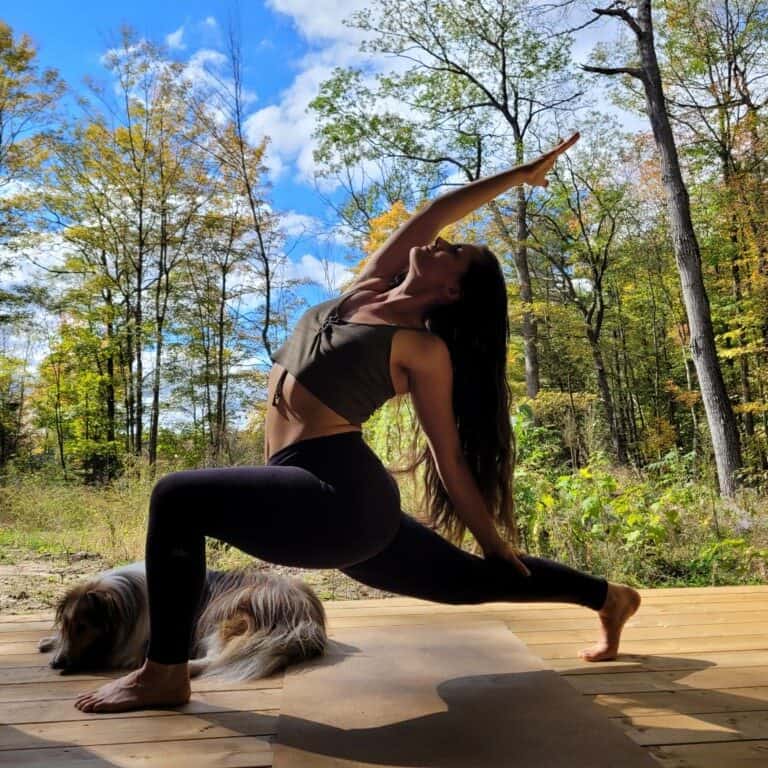
Being in a state of health is the most foundational sense of self-sufficiency that we all want to hang onto for as long as possible. It won’t last forever which is why we regenerate our species with children, fun fact.
Growing a garden can keep you physically connected with healthy food.
In several points of the season; growing enough food can be very physically demanding when you don’t involve machinery. To be more self-sustaining; you’d benefit all life-dimensions by learning how to grow food without the use of fuel.
Focusing on practicing forms of functional movement will help keep your body greased for easier gardening!
If you aren’t at the stage of establishing your life on some land or with a garden then be sure to keep in good shape in the meantime.
Rather than lifting weights for showy muscles, you could learn martial arts and self-defense. Self-defense is a huge factor of self-sufficiency when you own land. You can only own what you can physically defend and keep in a SHTF situation!
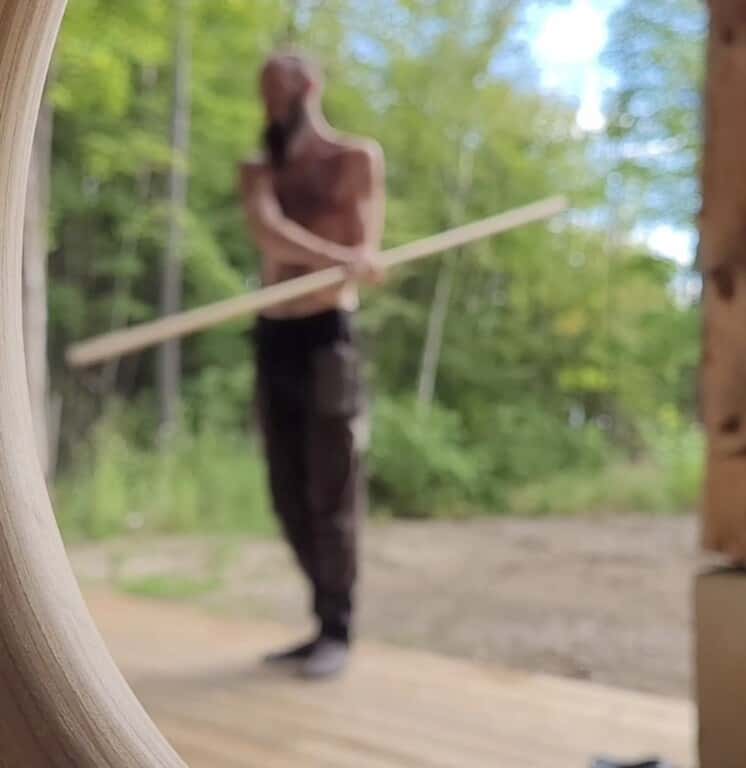
If your job requires you to sit down all day, you will accomplish more for yourself by parking far away, using the stairs, walking or biking to get around, and finding every opportunity to be active throughout the day.
The next best scenario is to find a job or create a business that isn’t sedentary or repetitive!
Find good neighbors for mutually beneficial relationships
If you aren’t yet stationed, take this as an opportunity to find good neighbors. Do you have any kind of commonality with the people in the area you plan to move?
It’s a big decision because part of the journey to self-sufficiency is to stay put and make do with what you have, where you are. Uprooting establishment only prolongs the time it will take for you to achieve a self-sufficient and sustainable life.
Neighbors can aid or hinder the success of your journey to self-sufficiency. Understanding why neighbors are important can make all the difference in finding good neighbors for you.
For those of you looking to be more secluded on this journey, I wrote an article about how many acres are needed to not see any neighbors! Because sometimes good neighbors can be hard to find these days.
But hey, it takes one to know one. As much as good neighbors are out of our control, it is also very much in our control.
We need to know how to be good neighbors ourselves to find our desired relationships. I wrote an article about the habits that make a good homestead neighbor so you can foster mutually beneficial relationships sooner than later.
Make a homestead plan based on needs you want to sustain
Each homesteader is as unique as the land they build their lives.
Making a homestead plan requires a lot of thought and consideration of your personal needs and desires.
Identifying what you need will allow you to see more accurately what systems you need to create or replace in your current life. The bigger picture of how much space you might need will also begin to unfold.
The most important thing about this stage is to be realistic with yourself. Make a list of everything you consider to be sufficient for a basic living then consider the time and energy required to sustain every aspect.
Generally speaking, you will need food, water, shelter, energy, and community.
As an example, you’ll need to ensure you have enough space to produce, harvest, process, store, and regenerate your growing space for a year’s worth of food.
After laying out the basics and their needed functions, think practically about the workload ahead of you. What are you happy with eating? Fruits and vegetables only or will you want fish? Will you want meat? Eggs? Dairy?
Then you need to consider if you are willing to sustain those things by yourself or if you are going to need to exchange some of the workloads with a homestead community.
Chris and I are pleased to eat fruits and vegetables. We are also happy to grow plenty of it! A reality we will eventually need to adjust to; is introducing livestock in order to help sustain garden fertility. With this, we would need to sustain our livestock!

Acquire sufficient land to execute your plan
This is often the hardest part for most of us coming from “independent lives.” It’s easy to tell you to go live with a family who is doing this and looking for helping hands, but hard for you to do it because you are going to want ownership of what you build.
Without ownership, you have a greater risk of displacement. Being displaced is the worst possible scenario after spending your life energy on a sustainable establishment.
What are your other options?
There are numerous self-sufficient communities looking for members that offer ownership of a plot with plenty of communal space. These are usually of affordable upfront and ongoing prices! In some cases you might get land with a tiny home included.
The issue these setups can have is the ability to find good neighbors!
Many of these places don’t amount to anything more than a summer camp spot because the majority of the people there, perhaps including yourself, are unable to afford to build a home that you can live in year-round.
At least that is how it can feel or seem like at first!
If everyone there including yourself gave it a long-term chance, you could all come together to help each other have enough firewood, start growing your own food together, and build storage spaces with communal means. It’s all about what you make of it with the people and resources present.
I think these opportunities have a lot of potential that simply takes time and risk to develop. You primarily need to find serious and committed people to build a life with.
Another option is to go into debt to buy land with a house. The problem here is most housing is not fit for off-grid setups and is far from sustainably built homes. They are homes that have not been built with sustainability in mind. Even if it’s claimed to be an eco-home, those are often not built for you to sustain with your own means.
Although this route can be made to work very well with progressive retrofitting!
Another option that seems viable that I have not done myself (because we live with family) is to buy cheap land! Josh made a great video on how poor people can buy land on a budget.
Finally, if at all possible for you, a solid option is to reunite with your family. It may take a lot of relationship repair before this can happen for some of you, but getting back together can be the best move for anyone with the option.
Everything in life is eventually inherited by the next. Are you able to leave behind the idea of financial independence to make a better life for yourself and the children of the future?
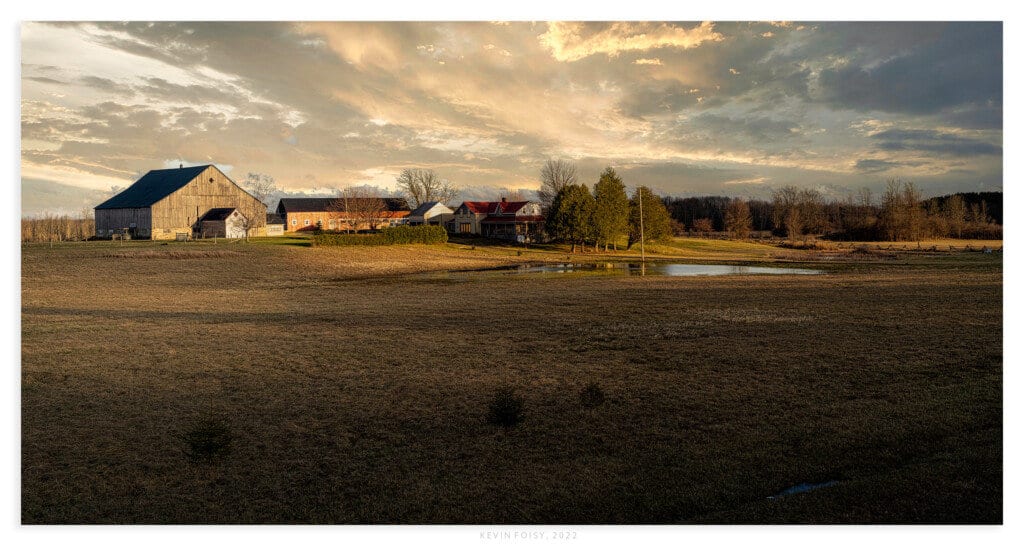
Sometimes; family can be who you make it.
Additionally; part of acquiring sufficient land is finding the right type of land. Avoid land that comes with unreasonable restrictions for the life you are looking to build.
Create ways to regenerate your necessities
Once you have the land you need or if you are ready to make do with what you have already, focus on improving what comes easiest.
When working with what you have, you most likely have a good shelter with water and energy supplies. If you trust in those sources; your next best focus might be growing your own food.
To sustain your garden focus on ways to grow your soil. Don’t just feed plants.
If you have a well for water, ensure you have a manual pump as a backup!
Get a wood stove and start thinking about how to use energy sources that you are able to renew! Wood for heating and cooking is the go-to option for cold climates. For hot climates or summers, you could build an outdoor cooker with stone for the hot season.
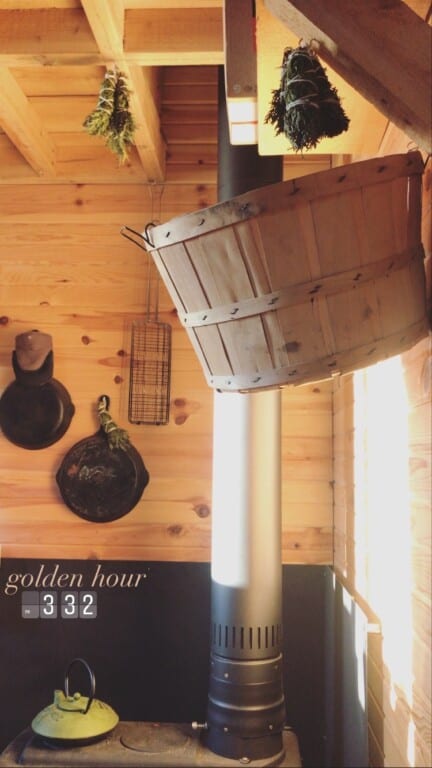
For cooking, you could also look into biogas! An energy source where “waste” is no longer a thing, but a valuable and overlooked resource! Biogas is a setup where the gases from human and animal manures can provide a flame-like any other propane or gas stove.
For shelter improvements, finding ways to regulate home temperatures and moisture levels could be important.
Ideally, we would love to build our own homes with function at top of minds, wouldn’t we?! These Earthships have plans and drawings available for build but it doesn’t look cheap. Nothing in basic life is truly cheap and once you start living more and more sustainably; you might begin seeing just how cheap unsustainable resources somehow… are?!
Remember, at the end of the day, even those who seem like they are completely well-off also have imperfect setups. Start to build on what presently comes easiest for you and enjoy inventing your own life!
Live seasonally and prepare for climate changes
Garden growers and animal keepers need to learn to paint with all the colors of the wind!
As the depth of fall approaches, we’ve gone from eating zesty summer zoodles to foraging wild oyster mushrooms for a brothy turkey-tail-fungi soup.
The way we use the functions of our homes have differed and nothing will ever stay the same!
It’s our ever-changing environment to thank for life and death.
Being prudent with preparing our supplies for climate change can help us sustain the earthen debts that need repaying.
Look around. Take note of all the tools you use and rely on day to day, season to season, and barter, trade, or go thrifting for extras!
Surplus food supplies are also helpful should disaster strike in your area. Part of being self-sustaining is being prepared for worst-case scenarios!
Build a close community and further expand local networks
Now you have found good neighbors, your homestead is happening, you have your basic needs met, and your future has arrived!
Related post: Do You NEED a Community to Be Self-Sufficient?
All you have left to add to the plate is learning more about who’s around. How can you help?
As you build relationships and learn about the neighbors, you might discover what more they can offer you too.
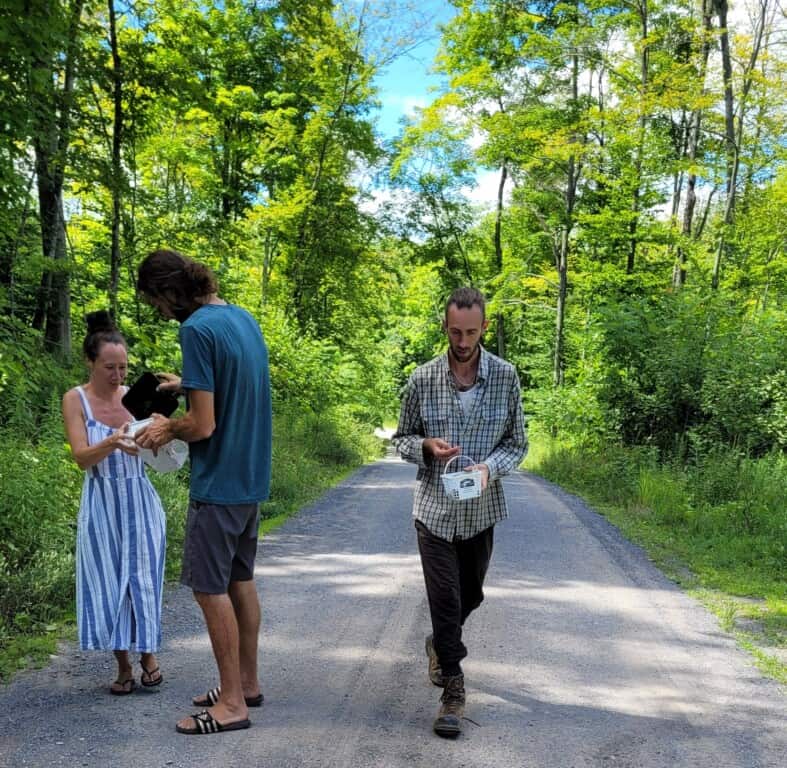
For example, exchanging with nearby people (who cost no environmental energy to interact with) is your best shot at not needing to go into town. Now you’ve saved on costs to the environment and yourself!
Knowing your neighbors opens doors to new opportunities. Other than time and practice, it takes a few personable ingredients to successfully build trust with your neighbors. The points made in the linked article will start your time with good practice!
Regenerate surpluses based on the needs of your community
Starting a business from the home can be as simple as regenerating more than your own means.
Whatever comes easiest to you; maybe you’re amazing at growing the best squashes!? Whatever it is, it’s prudent to generate surpluses and be more prepared in advance.
If you can grow more food than you need, even at a certain time of the season, you can create prosperity for others! Providing a means where other people can support your sustainable way of life helps everyone else be more self-sustaining.
Your community also includes wildlife. Even if you don’t interact with them directly, you need them. Fox Run Environmental Education Center wrote about planting a humane, wildlife-friendly yard—an excellent and passive way to encourage the growth of our self-sustaining earth.
This article was originally published on foodforestliving.com. If it is now published on any other site, it was done without permission from the copyright owner.
Recent Posts
There’s no shortage of full-sun ground covers for zone 4 climates! Each plant in this list can withstand the frigid temperatures and also enjoy the hot sun in summer. Full sun means that a plant...
There's no shortage of full sun ground covers, not even in zone 3! Zone 3 climates offer hot but short-lived summers and very cold winters. So each plant in this list can withstand the frigid...
